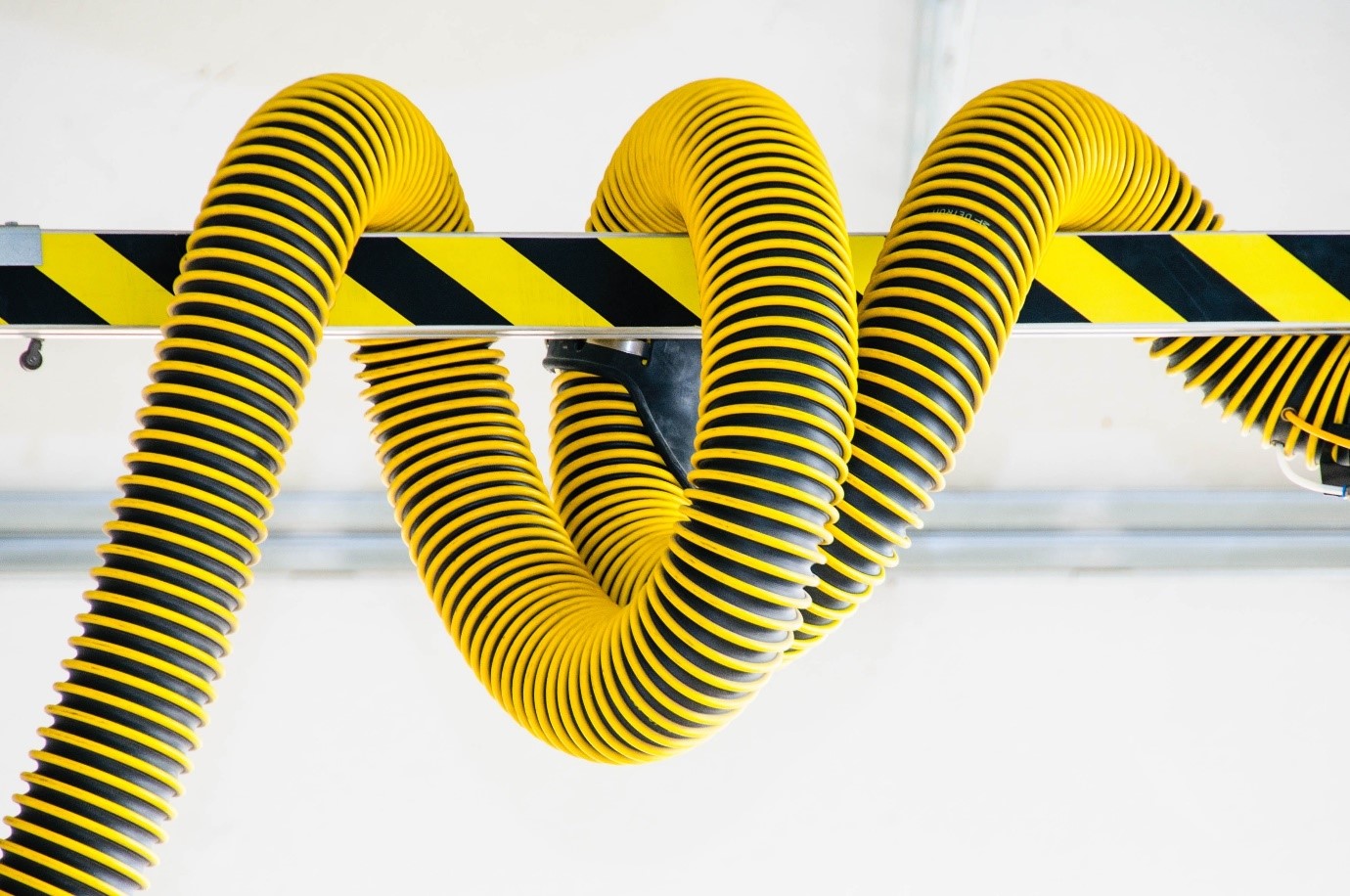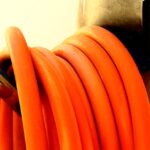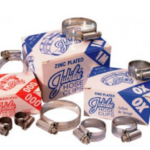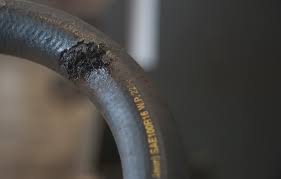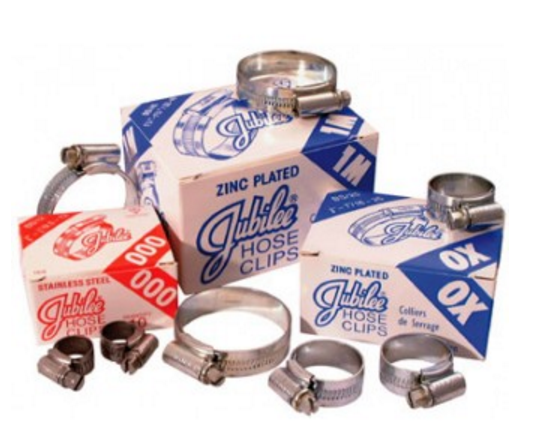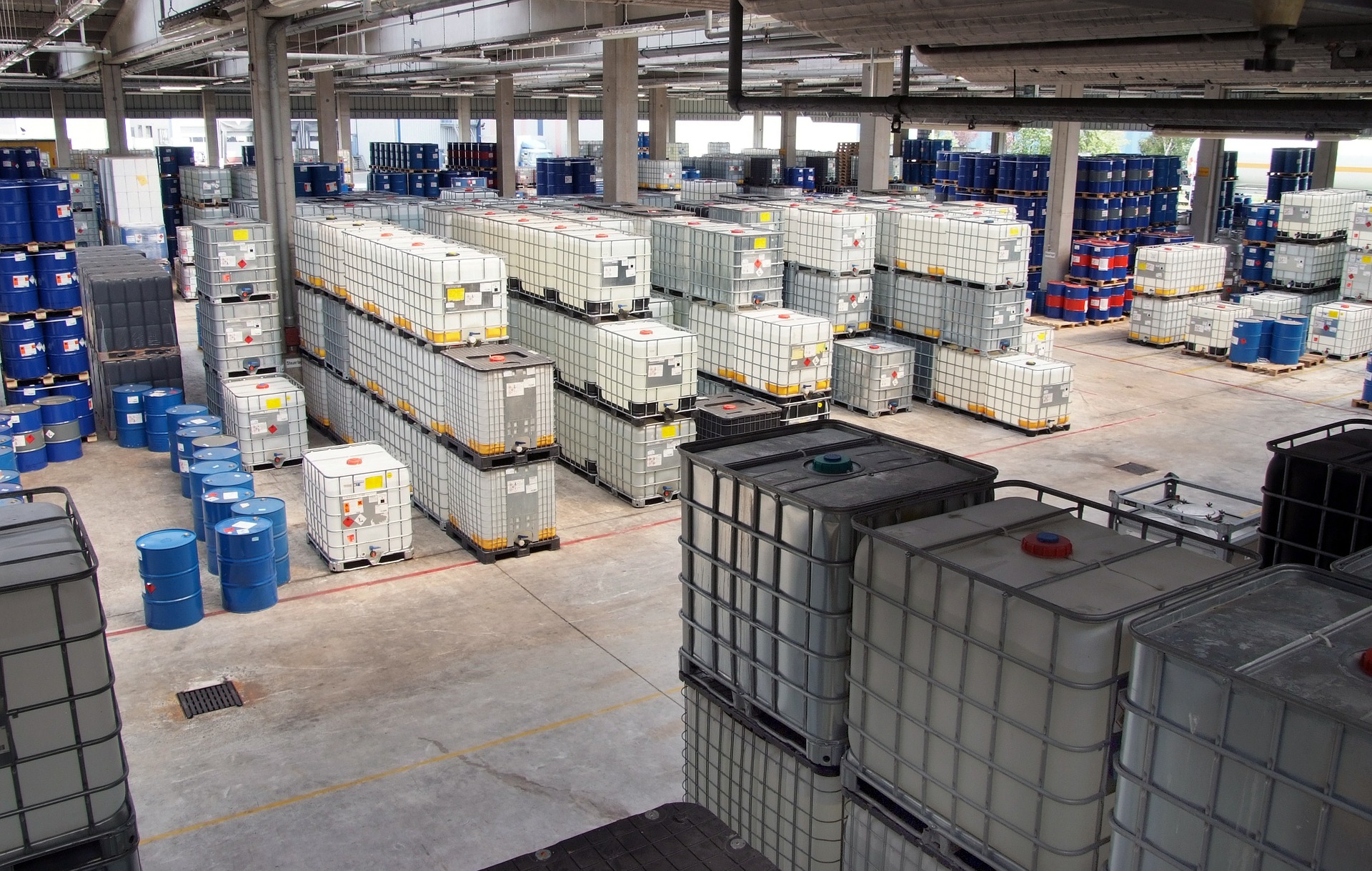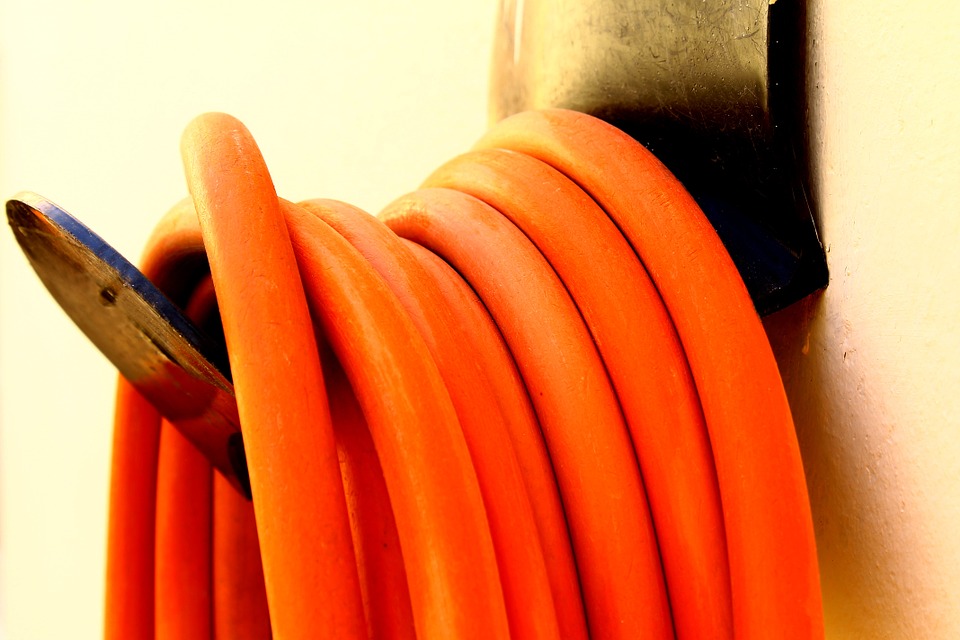An industrial hose is a broad category of rubber hoses intended for industrial use. Industrial hoses are used in a wide range of industries from engineering and agriculture to the food and drink industry. Virtually any sector where a hose is required can be classified as an industrial hose. Since industrial hoses are used in such a wide variety of industries, there are many different types of hoses and hose accessories, for more information on what type of hose is needed for which industry, read our previous blog post.
Industrial hoses cover the distances between machines, vehicles and factory workers; so it’s fundamental to get the industrial hose size right in terms of length and diameter, in order to get the most out of the hose forits purpose. Read on to find out more about how to choose the right industrial hose size.
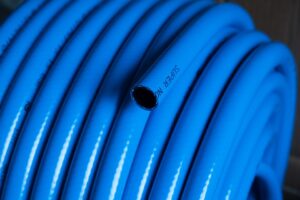
Diameter
Using the correct inside diameter of a hose is crucial for optimal usage. If the diameter is too small for a given flow rate, the linear velocity will be too high. The excessive velocity will translate into friction loss and turbulence, which in turn results in higher system pressure and a reduced flow.
Typically, hose manufacturers supply a nomograph or table that allows for easy calculation of the optimum diameter for a given hose length and flow rate. Long hose lengths require a larger inner diameter to avoid excessive friction and restriction.
Length
For flexible industrial hoses, the correct hose length should allow for bending and flexing, especially those involved with moving machines, in order to make sure no undue stress is caused at the curled fittings.
A hose that connects in a perfectly straight path from one component to another may shrink up to 4% in length tt maximum pressure. Because of this, it’s important to allow for this extra length as well allowing for bends when assembling your hose.
However, it’s also important to note that an excessively long hose adds restriction to flow, thus increasing system pressure and reducing efficiency. For more information about hose installation, read our previous blog.
Materials
Take into consideration the conditions that a hose will operate under. Depending on the industry the hose is designed for, the outer layer can come in a variety of different materials. Some industrial hoses, such as hydraulic hoses used to transfer power sources and used in abrasion processes, often have a reinforced outer layer meaning that they may not bend as easily. It’s beneficial to keep this in mind when looking at reinforced hose sizes.
If you’re looking for an un-reinforced PVC hose, we sell these here at Hose Shop. This type of hose is constructed with clear compounds that allow for visibility of the substances flowing through it. This hose functions well between -20°C and +55°C.
Neoprene is another popular synthetic cover material that remains flexible across a wide range of temperatures, yet still handles abrasion well. Most rubber hoses perform reasonably well from -40°C to 100°C. Be sure to check the date of manufacture code on any rubber hydraulic hose, the maximum shelf life is usually 10 years at most.
If you have any queries or would like to discuss your hose options, please contact us and we’ll be more than happy to help!

